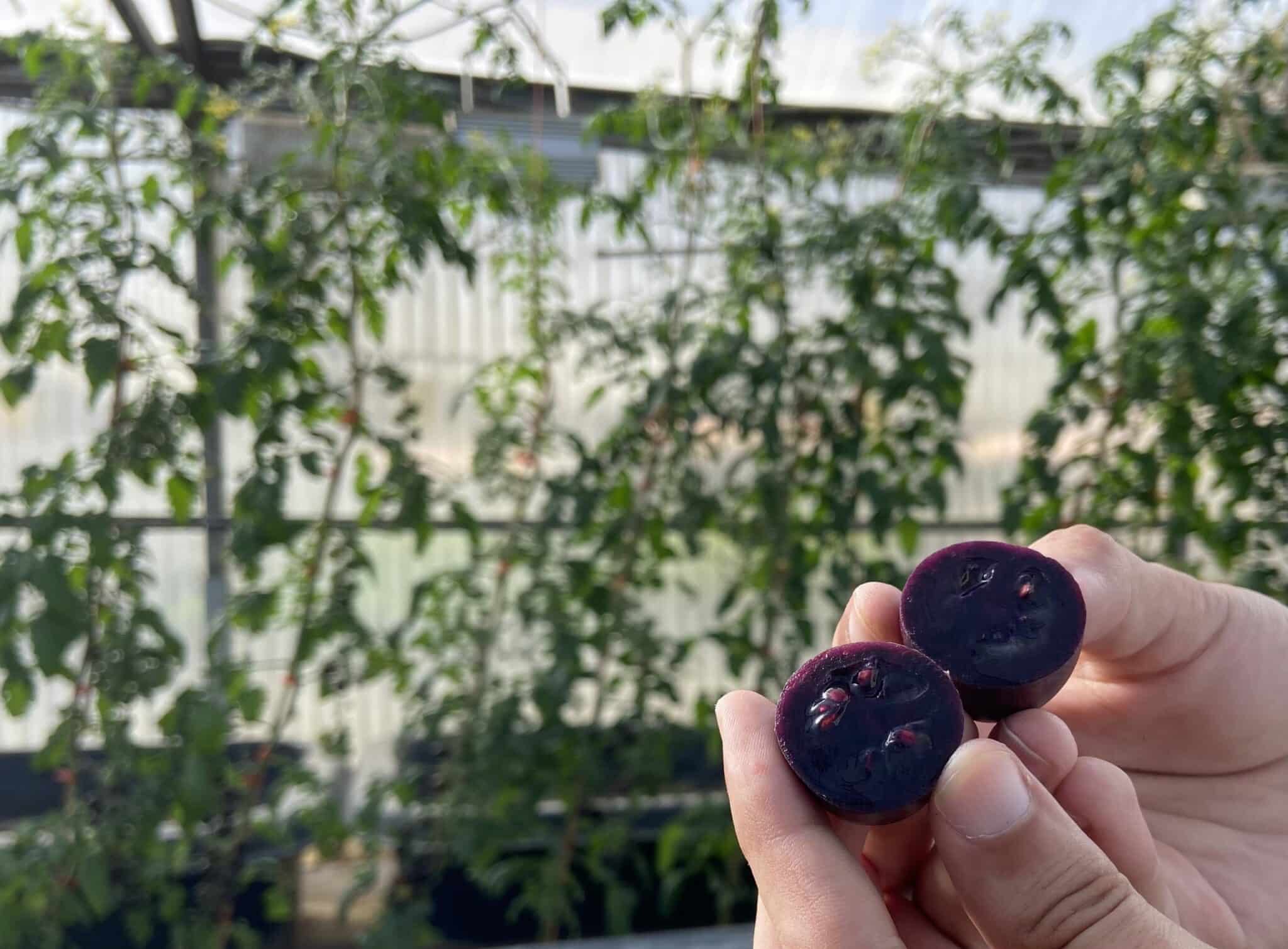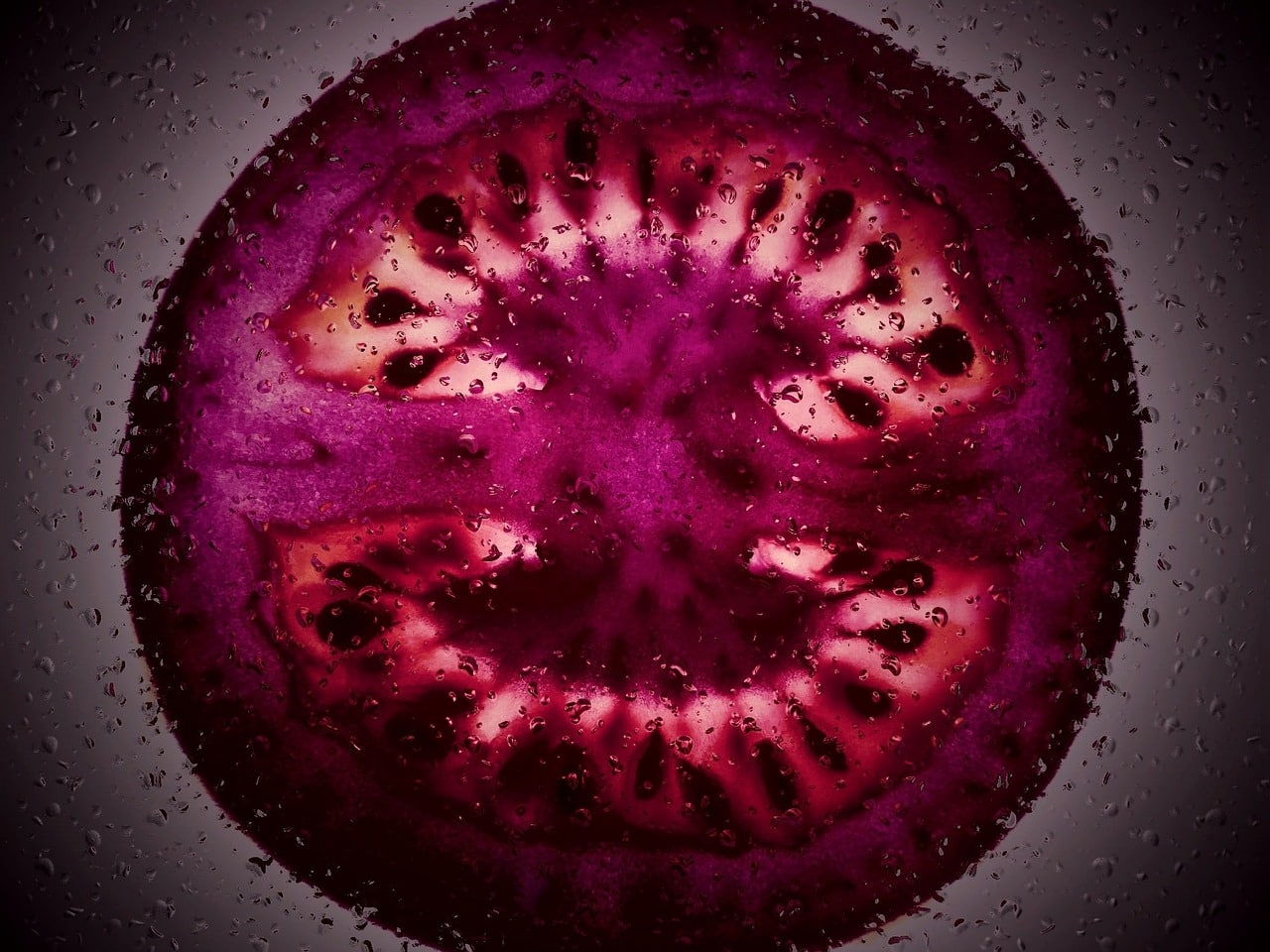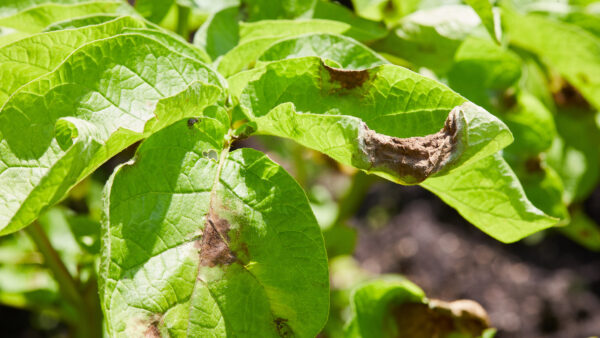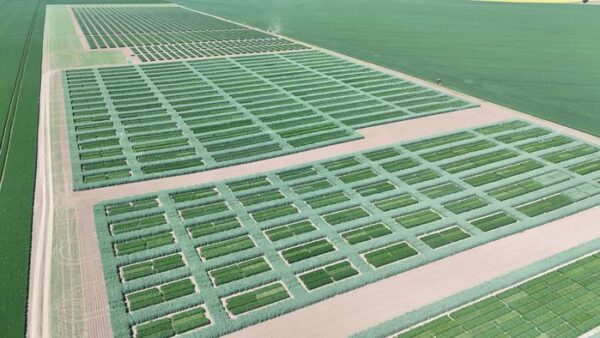Consumers will have access to the only GM tomato available on the market beginning in 2023.
Tomatoes aren’t new to the methods and technology of gene modification. In fact, a GMO tomato was one of the first GMO produce that became available for sale in 1994, following approval from the U.S. Food and Drug Administration (FDA). This special tomato, known as the Flavr Savr, was developed by Californian company Calgene with consumers in mind. The tomato was genetically modified to extend its shelf life and bring consumers a better tasting and longer lasting tomato.
Despite massive steps forward for genetically modified foods, Flavr Savr was not a commercial success and ultimately was taken off the shelves in 1997 due to high production costs and financial troubles, according to Oregon State University. Over the following 20 years, there were various successful GMO products, but not in tomatoes — yet this is about to change thanks to experts at Norfolk Plant Sciences (NPS) that have set out to bring a new GM tomato to market.
“Tomato has been developed for over 15 years, and we’re now looking to commercialize it as what will be the first GMO tomato since the Flavr Savr, and the only one available on the market,” says Nathan Pumplin, CEO of NPS’ U.S.-based commercial business.
Developed by Cathie Martin, a professor at the John Innes Center, this GMO tomato is not just any ordinary tomato — it contains genes made of powerful antioxidants called anthocyanins. Martin began her research on how to increase the antioxidant capacity of tomato in 2002 where she discovered that genes in snapdragons could turn on the synthesis of purple pigments.
“I knew how to engineer anthocyanin production. So, because anthocyanins are good antioxidants, it seemed reasonable to make anthocyanins in tomato fruit. Before the plants had ripened, we didn’t know what color they would be: red, purple or blue. Turned out they were purple!” explains Martin.
Not only are the tomatoes a beautiful purple color, but they also offer consumers produce that is high in antioxidants — and will be available for consumers to purchase in the new year.
Regulatory Approval Unlocks the Future of the Purple Tomato
On Sept. 7, 2022, the USDA’s Animal and Plant Health Inspection Service (APHIS) announced its decision to allow U.S. home growers to purchase and grow high-anthocyanin purple tomato seeds beginning in 2023. The purple tomato is no longer restricted due to regulations that limit “Movement of Organisms Modified or Produced through Genetic Engineering.”
This milestone regulatory decision was crucial for NPS, as the nature of the regulatory framework in the past has made the process nearly impossible for small companies with products like NPS’ purple tomato to go through the regulatory process without spending an extravagant amount of money.
“There’s now a possible path for creative researchers and small companies to develop new products that are enabled with biotechnology and get them out onto the market to consumers where they can be tested to see if it’s something that consumers really want,” says Pumplin. “This was not possible up until this year because, at least in the U.S., the nature of the regulatory framework was simply too costly and too long for products like ours, which are not going to generate huge profits the way that corn and soy do.”
With this regulatory approval and ability to sell the product in the U.S., NPS hopes to show consumers the immense benefits the purple tomato can offer when added into their diet.
“Getting regulatory approval allows us to sell them in the U.S., which was very important because many people argue that plant biotechnology has not provided any benefits for consumers. The purple tomatoes do offer benefits to consumers — not only for protecting their health, but the tomatoes have a longer shelf life and look great,” adds Martin.
Now that the purple tomato has received regulatory approval in the U.S., NPS is moving towards approval in various other markets across the globe — particularly in Canada. The regulatory system in Canada is science-based and has made recent updates to how they review crops enabled with biotechnology, explains Pumplin.
“We’re exploring it now and will likely be active next year on the Canadian front. What’s really important for us is to show in a market or test in a market, is this something that a lot of consumers really want? What’s great for us is we have that path now in the U.S.,” he says.
Despite the doors the regulatory approval has opened for the purple tomato and Norfolk Healthy Produce, the journey is far from over as the company switches gears into production of the tomato.
“We have a GM technology that makes our tomato different. But at the end of the day, it’s a tomato,” says Pumplin. “What’s really important is that we’re able to produce and distribute high quality tomatoes. That is the challenge of every produce company, every grower, packer and shipper of tomatoes — to have operations running that get quality produce out. I want to make it clear that we don’t get a pass from any of those. We’ve now got to succeed as a produce company delivering the product. So that’s a big focus of ours as a company now.”
After unsuccessful attempts at putting GMO tomatoes on the market, such as the Flavr Savr tomato, NPS must also win over consumers in order to ensure the success of the tomato. In an effort to do so, they identified the importance of engaging with customers around the new product, demonstrating how versatile the product is for any diet.
“We know that there are a lot of consumers who are looking for tasty and nutritional tomatoes, and we can meet their needs with our products,” continues Pumplin. “At the same time, we also know that most people in North America eat about three and a half servings of fruit and vegetables a day when the daily recommendation is five. So, our hope is that our product fits into a larger conversation around a healthier diet and healthier eating, with more fresh fruits and vegetables.”
While NPS has reached a milestone in their journey, the ultimate decision of the success of the new GM purple tomato lies in the hands of consumers.











